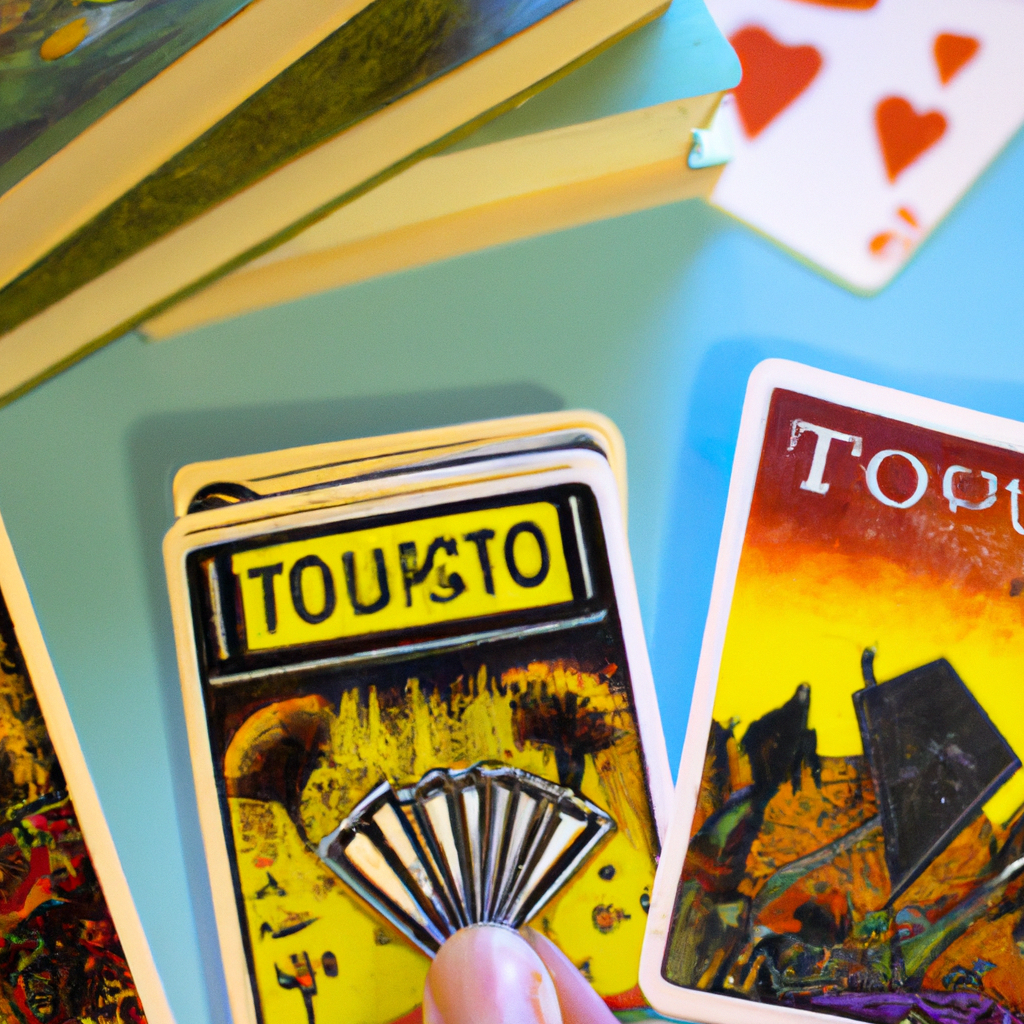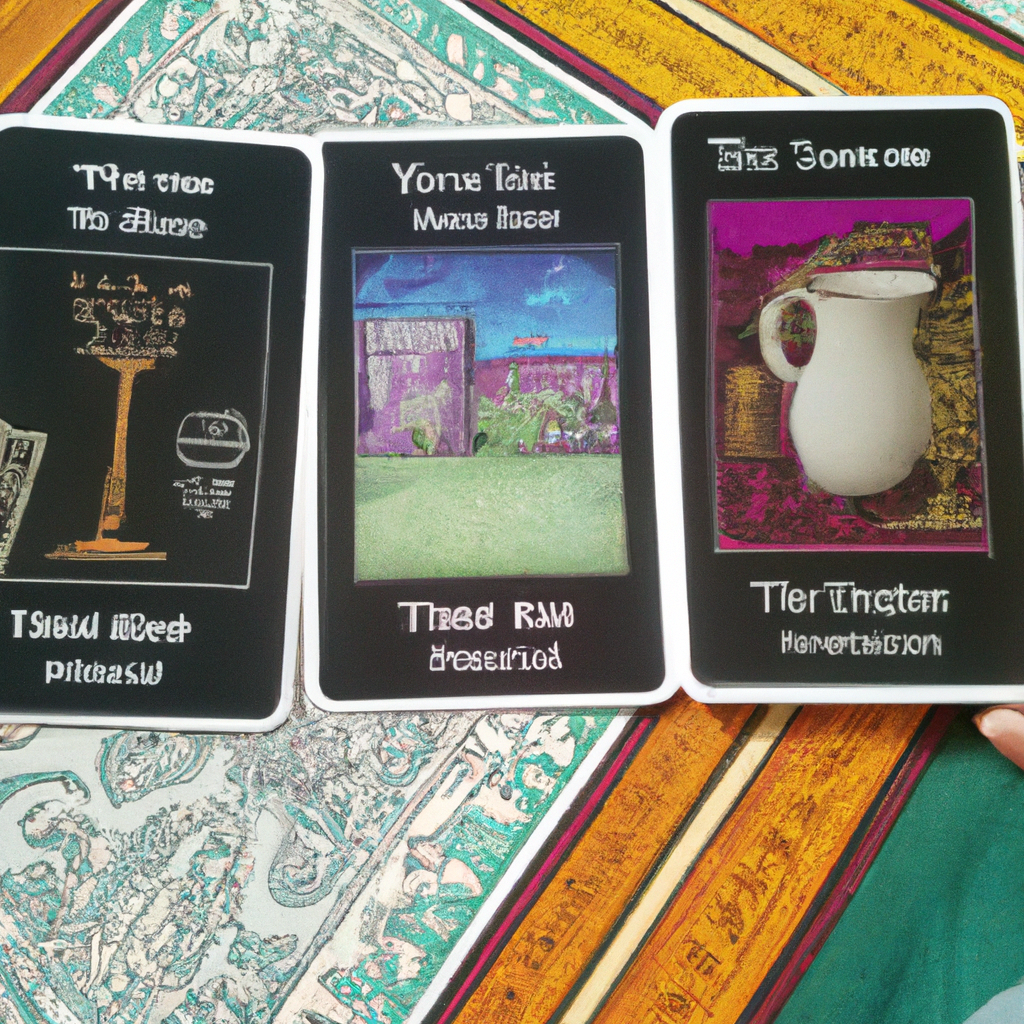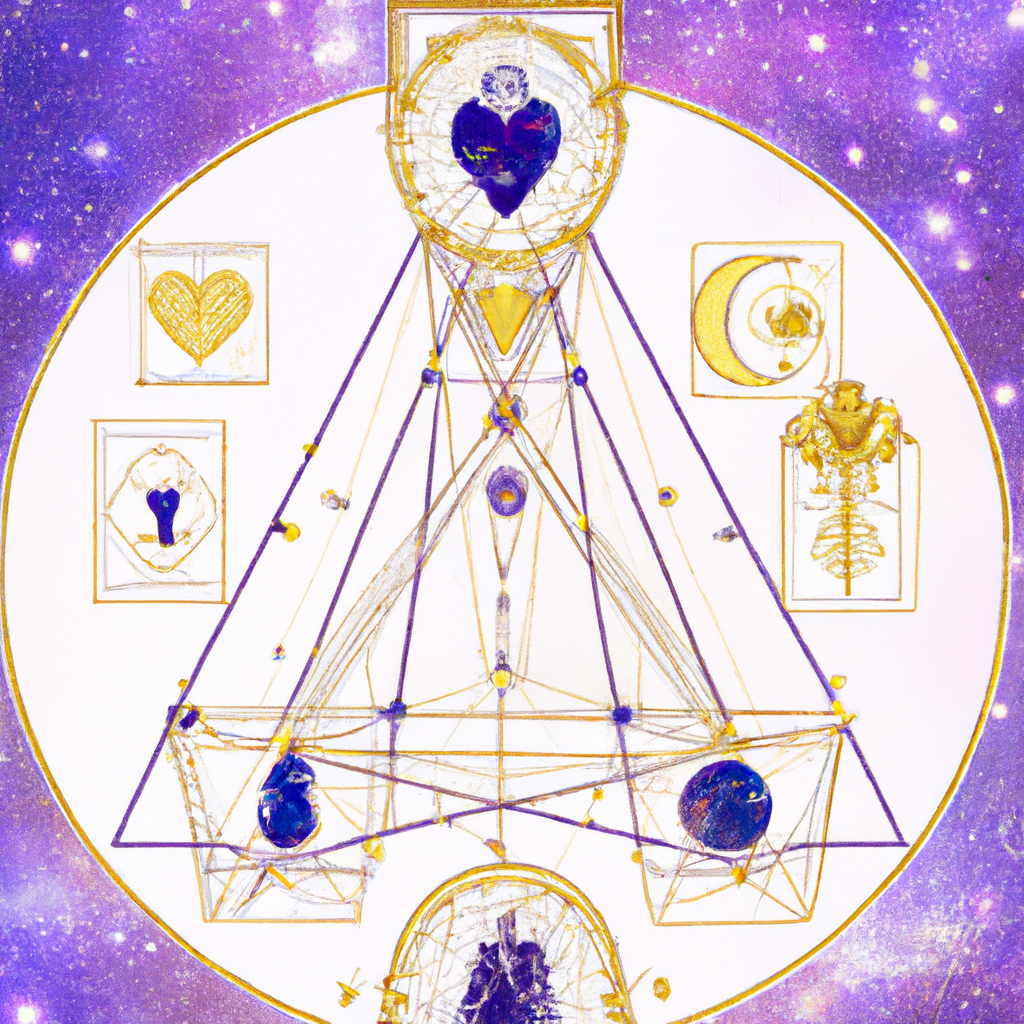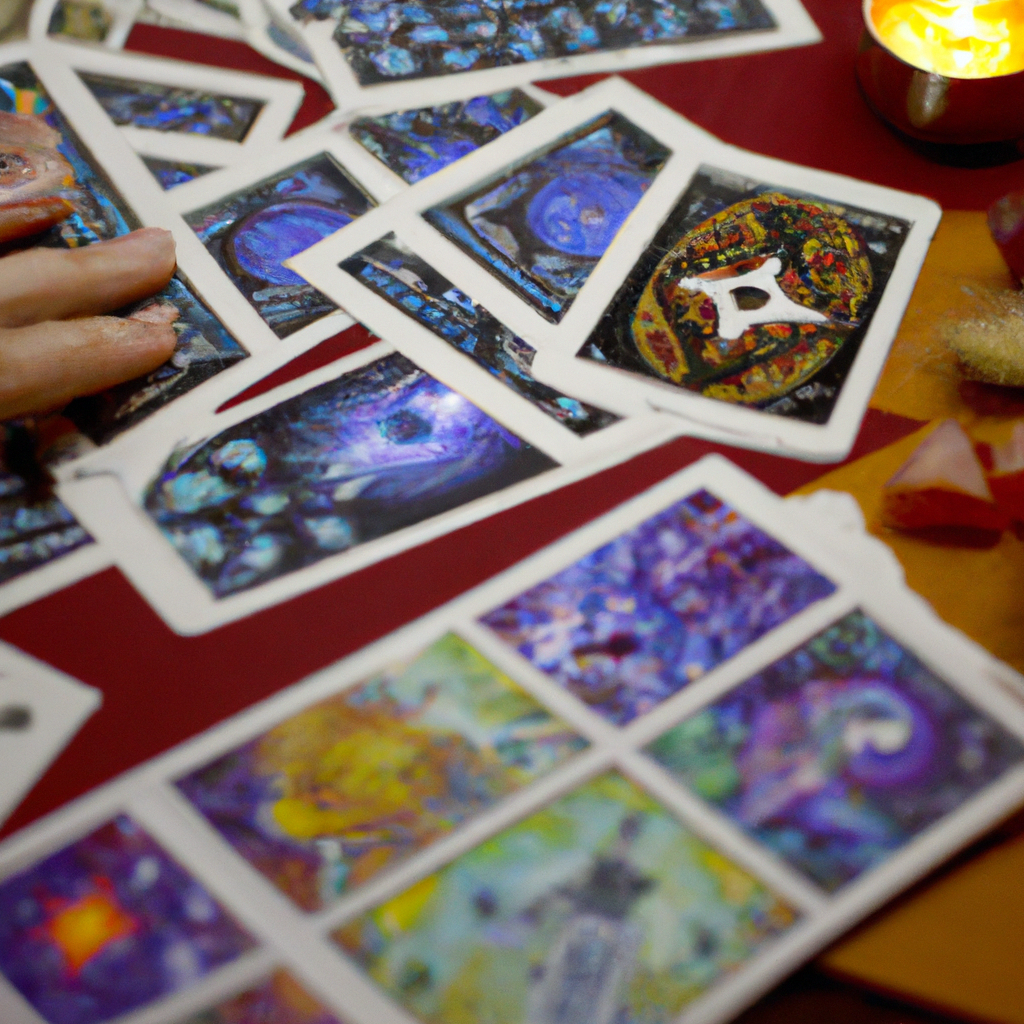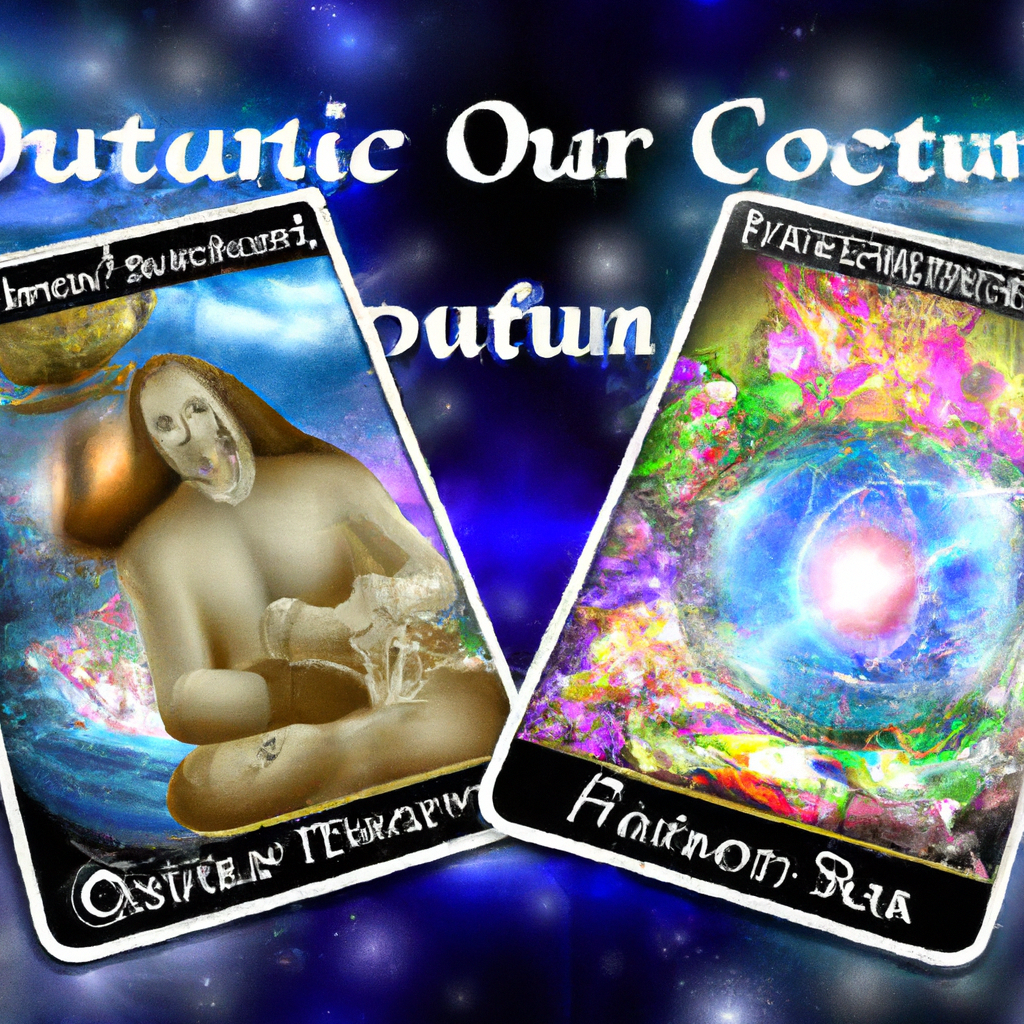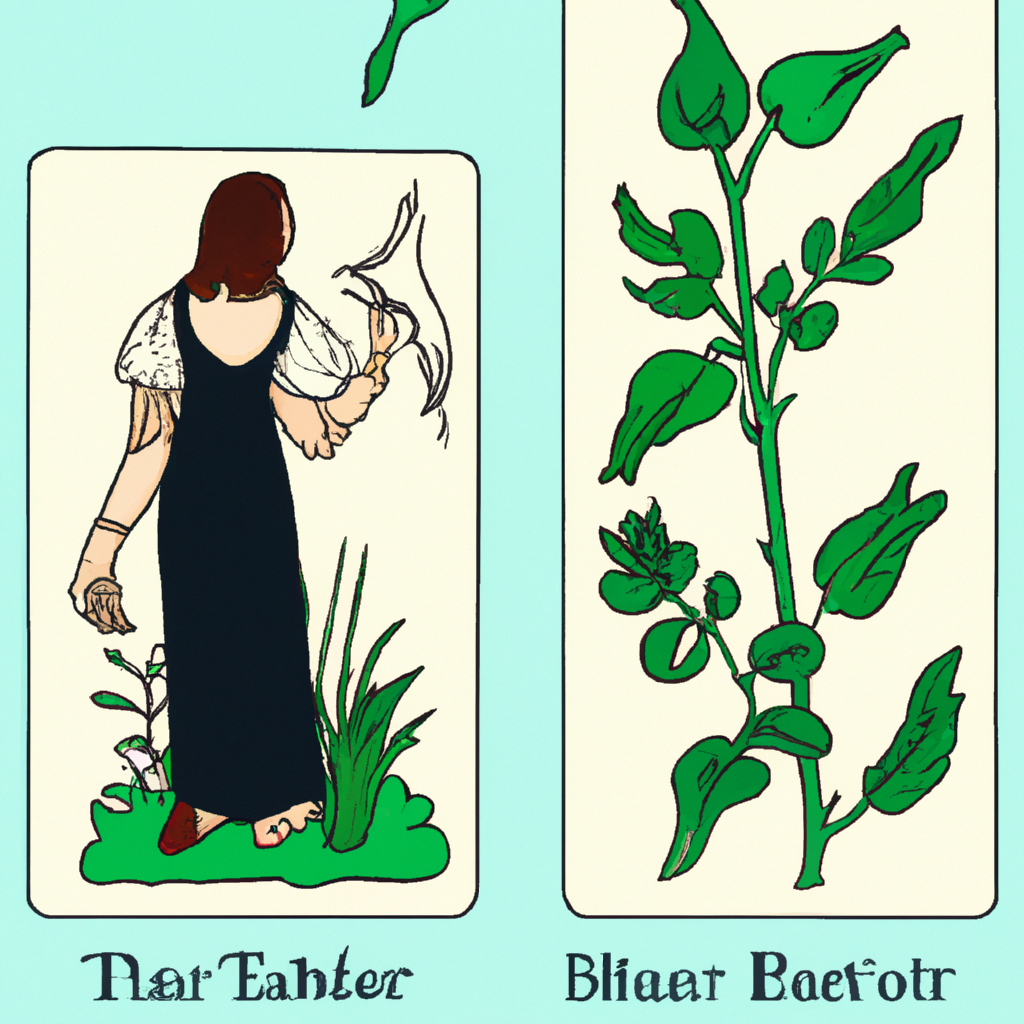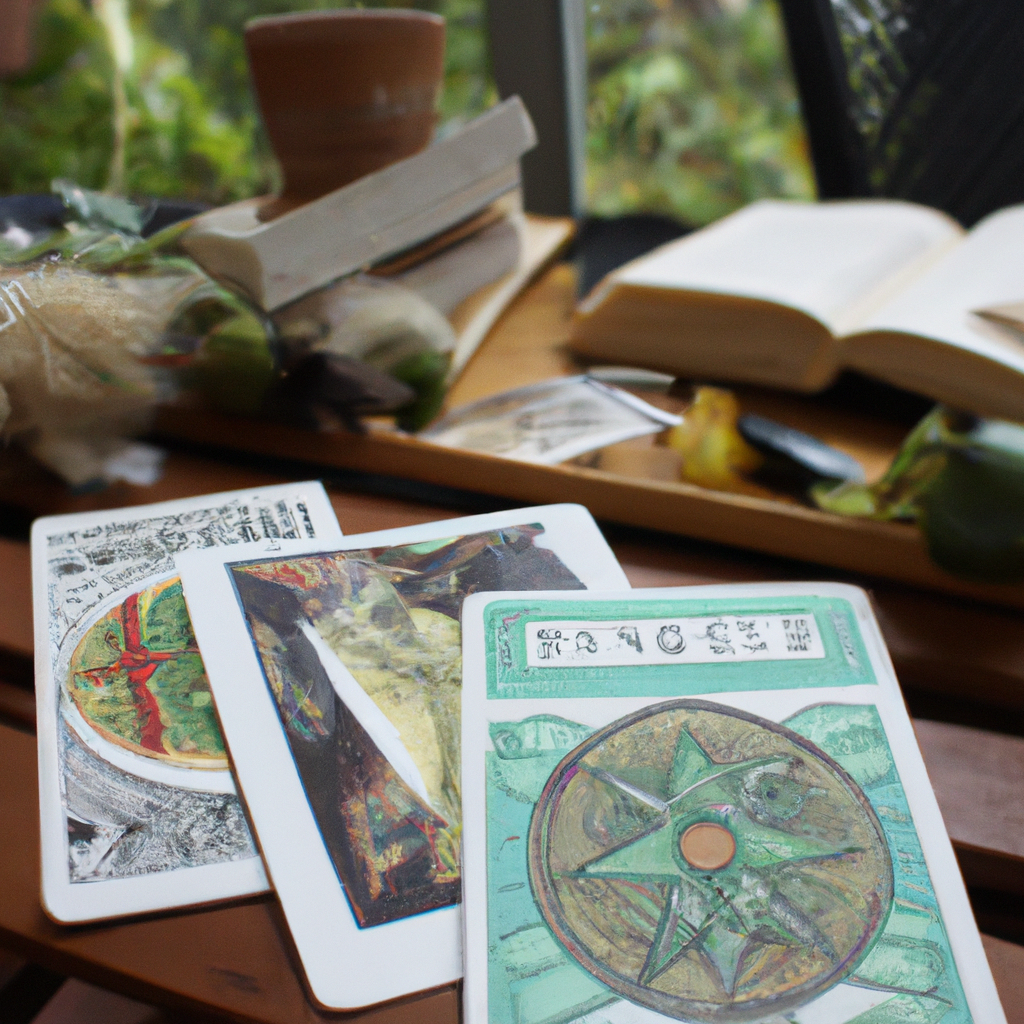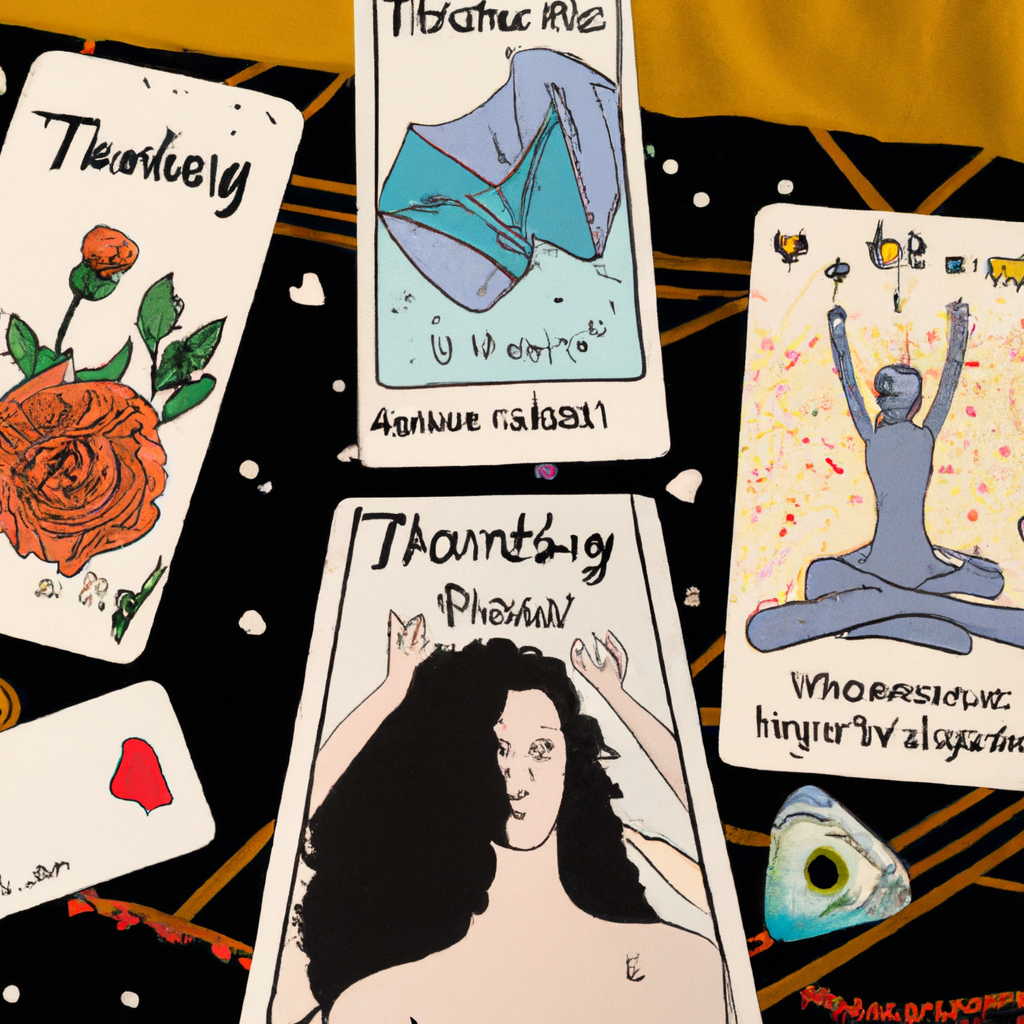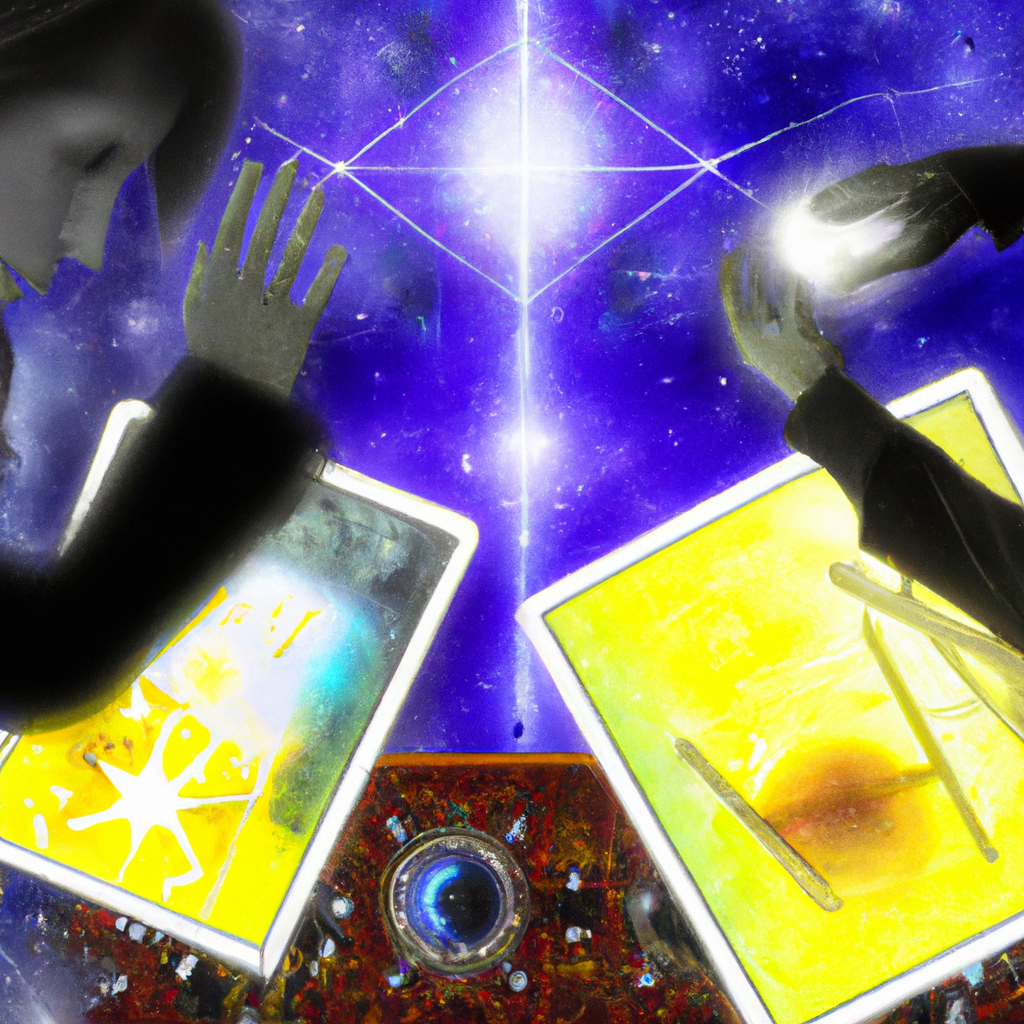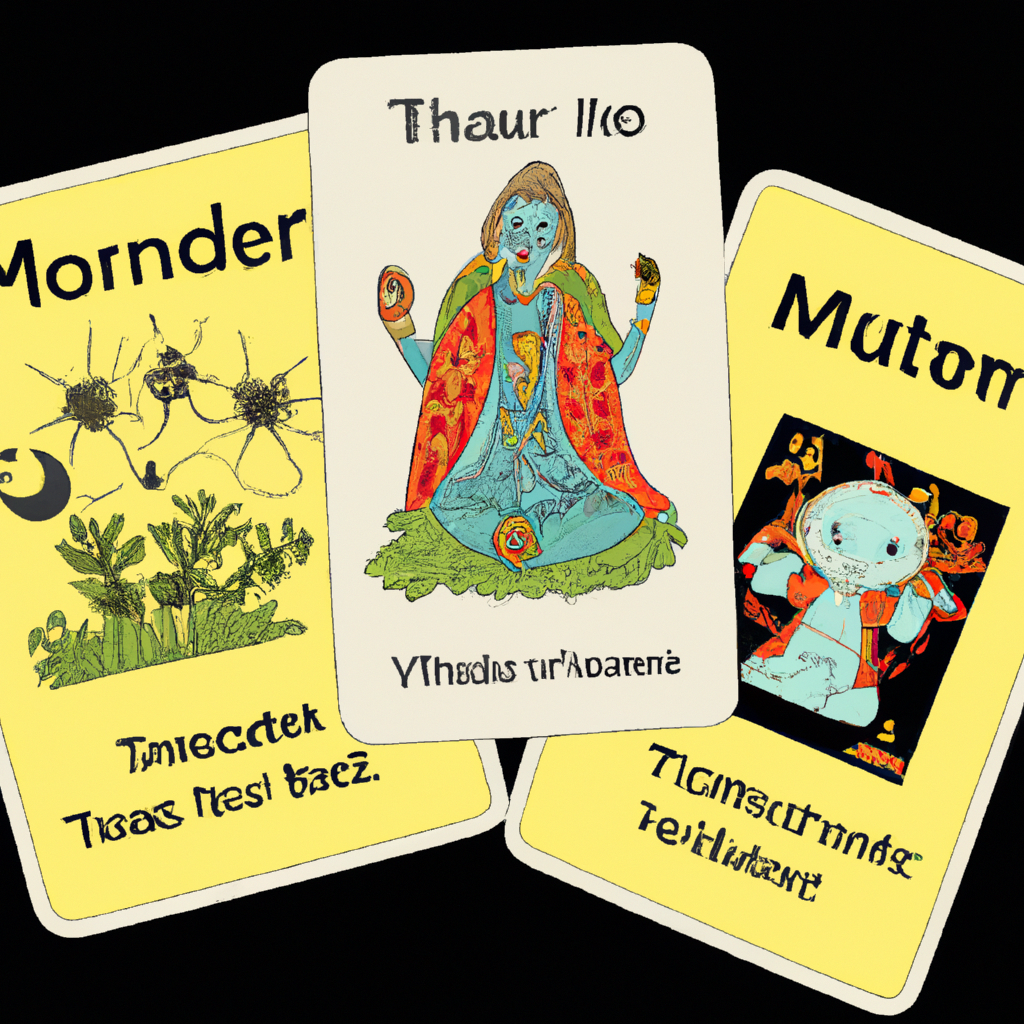Shopping Cart.
No products in the cart.

Tarot and Indigenous Wisdom: Honoring Cultural Perspectives
In the heart of a bustling city, I found myself in a quaint little shop, its shelves lined with an array of mystical items. The scent of incense wafted through the air, and the soft tinkling of wind chimes created a soothing ambiance. I was there to explore the fascinating world of tarot, a practice that has intrigued me for years. Little did I know, this journey would lead me to a profound intersection of tarot and indigenous wisdom, a crossroads where ancient traditions meet modern interpretations.
As I shuffled through the deck of tarot cards, I was struck by the rich symbolism and intricate artwork. Each card seemed to tell a story, a narrative that was both personal and universal. The Fool, The Magician, The High Priestess – these archetypal figures were not just characters in a deck of cards, but representations of life’s journey and the human experience.
As I delved deeper into the world of tarot, I discovered that its roots are not confined to one culture or tradition. In fact, tarot is a melting pot of various cultural influences, including Egyptian, Greek, and Christian symbolism. However, what truly fascinated me was the connection between tarot and indigenous wisdom.
Indigenous cultures around the world have long used symbols and storytelling as a means of understanding the world around them. From the Aboriginal Dreamtime stories in Australia to the Native American Medicine Wheel, indigenous wisdom is steeped in a deep respect for nature and the interconnectedness of all life. This perspective aligns beautifully with the philosophy of tarot, which also uses symbols and narratives to explore the complexities of life and the human psyche.
For instance, consider the tarot card, The Hermit. This card often symbolizes introspection, solitude, and the search for inner wisdom. In many indigenous cultures, the concept of the ‘vision quest’ or ‘soul journey’ mirrors this idea. It is a time of solitude and introspection, where one seeks guidance and wisdom from the natural world and the spirit realm.
Similarly, the Wheel of Fortune card in tarot represents the cyclical nature of life, the ups and downs, and the constant change. This is reminiscent of the indigenous concept of the Medicine Wheel, which also symbolizes the cycles of life, the seasons, and the interconnection of all beings.
As I explored this intersection of tarot and indigenous wisdom, I realized that both practices honor the mystery and complexity of life. They remind us that we are part of a larger story, a cosmic dance that is both beautiful and profound. They teach us to respect the natural world, to seek wisdom within ourselves, and to understand that all life is interconnected.
In today’s fast-paced, technology-driven world, it’s easy to feel disconnected from nature and our own inner wisdom. But practices like tarot and indigenous wisdom traditions offer a bridge, a way to reconnect with our roots and find meaning in the chaos of life.
So, the next time you shuffle a deck of tarot cards, remember that you’re not just engaging in a mystical practice, but also honoring a rich tapestry of cultural perspectives. You’re stepping into a world where ancient wisdom meets modern insight, where symbols tell stories, and where every card is a reminder of the beautiful complexity of life.

Tarot and Indigenous Wisdom: Honoring Cultural Perspectives
In the world of tarot, there’s a beautiful tapestry of symbols, archetypes, and narratives that weave together to form a rich and complex system of divination. But did you know that this tapestry is not just a product of European mysticism? It’s also deeply influenced by indigenous wisdom from around the world. This is a story about how tarot and indigenous wisdom intersect, and how honoring these cultural perspectives can enrich our understanding of tarot readings.
Picture this: you’re sitting in a cozy room, the air heavy with the scent of burning sage. Before you, a tarot reader shuffles a deck of cards, their fingers deftly moving over the worn edges. The cards are laid out in a spread, each one a vibrant tableau of symbols and figures. As the reader begins to interpret the cards, you realize that the wisdom being shared is not just from the tarot, but also from indigenous cultures.
This is not a coincidence. The tarot is a system that has evolved over centuries, drawing from various sources of wisdom. Among these sources are the indigenous cultures of the world, whose deep understanding of nature, spirituality, and the human psyche have greatly influenced the tarot. For instance, the concept of the four elements – earth, air, fire, and water – which is central to the tarot, is also a fundamental aspect of many indigenous belief systems.
But it’s not just about the elements. Indigenous wisdom also informs the archetypes and narratives in the tarot. Consider the Fool, a card that represents new beginnings and stepping into the unknown. This archetype is reminiscent of the Trickster figure found in many indigenous cultures, a character who disrupts the status quo and challenges us to see things from a different perspective.
So, how does this intersection of tarot and indigenous wisdom affect tarot readings? Well, it adds a layer of depth and richness to the interpretation. When a tarot reader is aware of these cultural influences, they can draw upon this knowledge to provide a more nuanced reading. It’s like having a wider vocabulary – you can express yourself more accurately and eloquently.
Moreover, honoring these cultural perspectives is a way of acknowledging the contributions of indigenous cultures to the tarot. It’s a way of saying, “We see you, we value your wisdom, and we honor your place in this story.” It’s a small but significant step towards cultural appreciation and respect.
But let’s not forget, this is a two-way street. Just as the tarot has been enriched by indigenous wisdom, so too can indigenous cultures benefit from the tarot. The tarot can serve as a tool for self-reflection and personal growth, helping individuals to navigate their spiritual journey. It’s a bridge that connects the ancient and the modern, the spiritual and the mundane, the individual and the collective.
In conclusion, the intersection of tarot and indigenous wisdom is a beautiful testament to the power of cultural exchange. It’s a reminder that wisdom is not confined to any one culture or tradition, but is a shared human heritage. So next time you sit down for a tarot reading, remember the indigenous wisdom that’s woven into the cards. Honor it, learn from it, and let it guide you on your journey.
Tarot and Indigenous Wisdom: Honoring Cultural Perspectives
Once upon a time, in the heart of a bustling city, a young woman named Maria discovered a deck of tarot cards in an old, dusty bookstore. The intricate designs and mysterious symbols on the cards intrigued her, and she felt an inexplicable connection to them. Little did she know, her newfound interest in tarot was about to lead her on a journey of self-discovery and cultural exploration, intertwining her life with the rich tapestry of indigenous wisdom.
Maria’s fascination with tarot grew, and she began to delve deeper into its history and symbolism. She discovered that tarot, like many other spiritual practices, has roots in indigenous wisdom. The symbols and archetypes found in tarot cards often mirror those found in indigenous cultures around the world. For instance, the Fool card, representing new beginnings and spontaneous action, is akin to the Trickster figure found in many indigenous stories. Similarly, the High Priestess card, symbolizing intuition and mystery, resonates with the archetype of the Wise Woman or Shaman in indigenous cultures.
As Maria continued her exploration, she realized that the wisdom of indigenous cultures is not just reflected in the tarot, but it has significantly influenced modern tarot practices. Indigenous cultures have long used symbols and archetypes to understand the world around them and their place in it. This symbolic language has been adopted by tarot, providing a framework for self-reflection and spiritual growth.
Maria’s journey led her to understand that tarot is not just a tool for divination, but a means of connecting with the wisdom of our ancestors. She began to see her tarot practice as a way of honoring the indigenous cultures that have contributed to its development. She started incorporating indigenous wisdom into her readings, using the symbols and archetypes as a bridge between her modern life and the ancient wisdom of indigenous cultures.
But Maria’s journey didn’t stop there. She realized that honoring indigenous wisdom in her tarot practice also meant acknowledging the cultural appropriation that has occurred in the spiritual community. Many spiritual practices, including tarot, have been commercialized and stripped of their cultural context, leading to a loss of meaning and disrespect for the cultures they originated from. Maria made it her mission to educate others about the importance of respecting and honoring the cultural roots of spiritual practices.
Maria’s story is a testament to the profound influence of indigenous wisdom on modern tarot practices. It serves as a reminder that tarot is not just a deck of cards, but a rich tapestry woven with the threads of ancient wisdom. It is a tool for self-discovery, a bridge between the past and the present, and a means of honoring the wisdom of our ancestors.
In the end, Maria’s journey with tarot became much more than she could have ever imagined when she first picked up that deck of cards in the old bookstore. It became a journey of cultural exploration, self-discovery, and a deep respect for indigenous wisdom. It’s a journey that many of us can embark on, using tarot as a guide to connect with the wisdom of our ancestors and honor the cultural perspectives that have shaped our world.
In conclusion, Tarot and Indigenous Wisdom: Honoring Cultural Perspectives emphasizes the importance of respecting and understanding diverse cultural beliefs and practices. It highlights the intersection of tarot, a tool often used for introspection and guidance, with indigenous wisdom, which is deeply rooted in tradition, spirituality, and a profound connection with nature. This combination provides a unique lens through which individuals can explore personal growth and self-awareness, while also promoting cultural appreciation and inclusivity.
